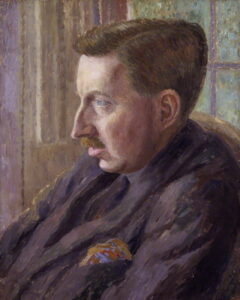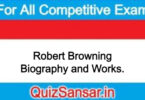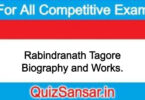E. M. Forster Biography and Works.

Edward Morgan Forster (January 1, 1879-June 7, 1970) was an English novelist, short story writer, essayist and a liberalist.
Best known for his ironic and well-plotted novels examining class difference, Forster’s humanistic impulse towards understanding and sympathy may be aptly summed up in the epigraph to his 1910 novel, Howards End: ‘Only connect’.
After having attended the Tonbridge School in Kent, Forster went to King’s College, Cambridge between 1897 and 1901. After leaving the University, he visited Egypt, Germany and India with the classicist Goldsworthy Lowes Dickinson in 1914.
He had five novels published in his lifetime. His first novel was Where Angels Fear to Tread (1905), The Longest Journey (1907), A Room with a View (1908), Howards End (1910), A Passage to India (1924).
He was in India in the early 1920s and The Hill of Devi is his non-fictional account of the trip. After returning from India, he completed his last novel, A Passage to India in 1924, for which he won the James Tait Black Memorial Prize for fiction.
Forster became a successful broadcaster on the BBC Radio in the 1930s and 1940s.
Forster is noted for his use of symbolism as a technique in his novels.
He has been criticised for his attachment to mysticism. One example of his symbolism is the “wych elm tree’ in Howards End and Mrs Moore’ in A Passage to India has a mystical link with the past and a striking ability to connect with people from beyond their own circles.
Trivia
His name was officially registered as Henry Morgan Forster but at his baptism, he was accidentally named Edward Morgan Forster.
- What is meant by Database Management System?
- Discuss the advantages and drawbacks of database.
- What do you mean by database ? Discuss its Characteristics.
- What is Data Mining?
- What are the conditions of communication?
- What do you mean by business communication ?
- organization / Differentiate between classical and modern theory of organization
- What is forecasting






